Table of Contents
How to Buy a Laptop: Lifestyle and Investment

Digital products have become an inseparable part of our everyday life. Among them, laptop is a product which touches all the dimensions of life be it work, social or personal. As laptop provides a variety of choices and comes with loads of features, it is important for anyone who wants to buy one to know how to buy a laptop.
To buy a laptop does not only represent economic deliberation but also technical considerations. For a non-technical persons, this can be a huge challenge. Good thing is that there are help which can be sought with regards to technicalities of buying a top laptop. However, on other aspects, a buyer needs to sort out for himself/herself.
1. Does One Even Need a Laptop

In order to buy a laptop, it is very important to decide whether one at all needs one. Now, those adults who do not own any laptop or any other commensurate devices (such as Mobile or Tablet), could definitely need to get one if the economic situation does allow them to. As for students who do not have laptop at all, under their teacher’s and parent’s supervision, they definitely need a laptop device in order to do their academic activities with more precision and zealous.
Now, there will be many adults who have other devices such as mobile and tablet. They need to decide if they at all need to buy a laptop or a mobile device or tablet will be enough. Mobile and Tablets provide portability and longer battery life compared to laptop. With latest technology and advanced operating systems, these portable devices are very much capable of doing various tasks which laptop performs. Through these mobile devices one can take images, make video calls, watch movies, stay connected via social media, play games, and check news & weather etc.
With upgrades and capable apps, these mobile devices can also create and edit documents,create power point presentation, create AI arts, and edit multimedia. However, after a certain point, laptop comes in handy. With complicated multimedia tasks, intricate detailed high resolution graphics, data manipulation and analysis using big database, and work related to big data etc do require immense processing and graphics. At present mobile devices can not perform such complicated tasks. So for these highly complicated tasks, one may need to buy a laptop.
For those who already have a laptop need to decide if their existing laptop is enough or not. There was a time when it is being considered that a laptop stays viable for at least 3 years and can be stretched for total 5 years. But now, just one year after buying a laptop, another newer and better version appear in the market. With attractive exchange offers, it is very tempting to buy the new one.
However, before fall for such temptation, one need to analyze current requirements and figure out if he/she needs – more storage space, faster performance, different operating system, different apps or software, and longer battery life. One also need to figure out if there is any issue with regard to compatibility of the current laptop with newer versions of software. If these analysis do point out the need to buy a laptop, then he/she may do so.
2. Deciding Between Conventional & Convertible
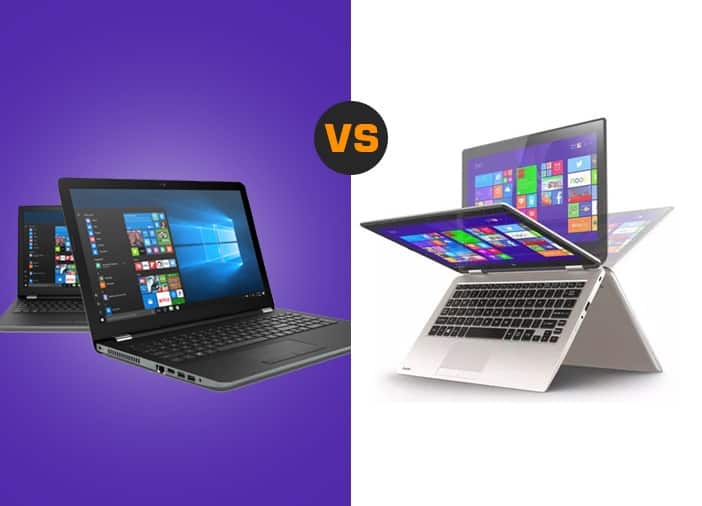
Personal computing devices started their journey as desktop which were modular and not easy to move. There was a huge demand (which still exists) for making these device portable. So, due this demand, we had laptops which were compact and more portable than desktops. Then came tablets which were extremely portable and easy to handle as well. One can take it to anywhere and with mobile service provider, can easily gets connected to the internet.
However, other than issues mentioned in above points, these portable tablets do presented various issues with regard to compatibility. Due to different operating systems, not all software that are being used in the laptop, can be used in the tablets. While laptops have mostly Windows, most popular tablets run on Android and iOS (Apple) operating systems. However, due to portability, mobility, and longer batter life, tablets are becoming more and more popular. Also, the newer and upgraded smartphones also gave direct competition to laptops.
So, laptops needed to reinvent themselves and so came convertible laptops or 2 in 1 laptops or hybrid laptops. These convertible laptops are amalgamation of laptops and tablets. They provide portability and ease or tablets while maintaining power and performance of laptops. These 2 in 1 laptops come in a wide range of varieties. They can be in both high end and low end of price and can vary in terms of performance, portability, graphics, and battery life etc.
Before one decides to buy a laptop, he/she needs to consider whether to buy a laptop or the convertible laptops. If the person travels a lot and needs to work on the device while on the go, then he/she might need portability and longer battery life and hence can consider the 2 in 1 versions. On the other hand if the person uses his/her devices in a fixed setup and he/she needs to perform complicated task which require a lot of power, then he/she might want to buy a laptop.
3. Budget Considerations

Laptops and 2 in 1 Laptops come in a wide variety. They vary is both technical and monetary aspects. So it is important to decide what amount of money one can invest to buy a laptop. Although, with more money, the laptop will be of high quality, a high quality laptop may not be for all.
A laptops price will depend on various factors – Storage, Processor, Graphics, RAM, Operating System, Connectivity etc. With more money, more features will come. However, for basis works such as writing assignments, preparing power point presentation, browsing web, connecting to social media, watching movies, listening to songs, making casual video conference will not require one to buy an expensive laptop. A basic entry level laptop will suffice.
However, complicated works which involved high definition multimedia tasks, high definition graphics, high definition gaming, complicated data analysis works, working with huge databases, working with big data will require more processing and graphics power. Apart from those, more storage and RAM will also require. One will also need latest wireless (Wifi, Bluetooth) and wired (USB, HMDI etc) connectivity options. These features will come at a cost. The next seven pointers will delve deeper into aspects regarding to these features.
4. Storage
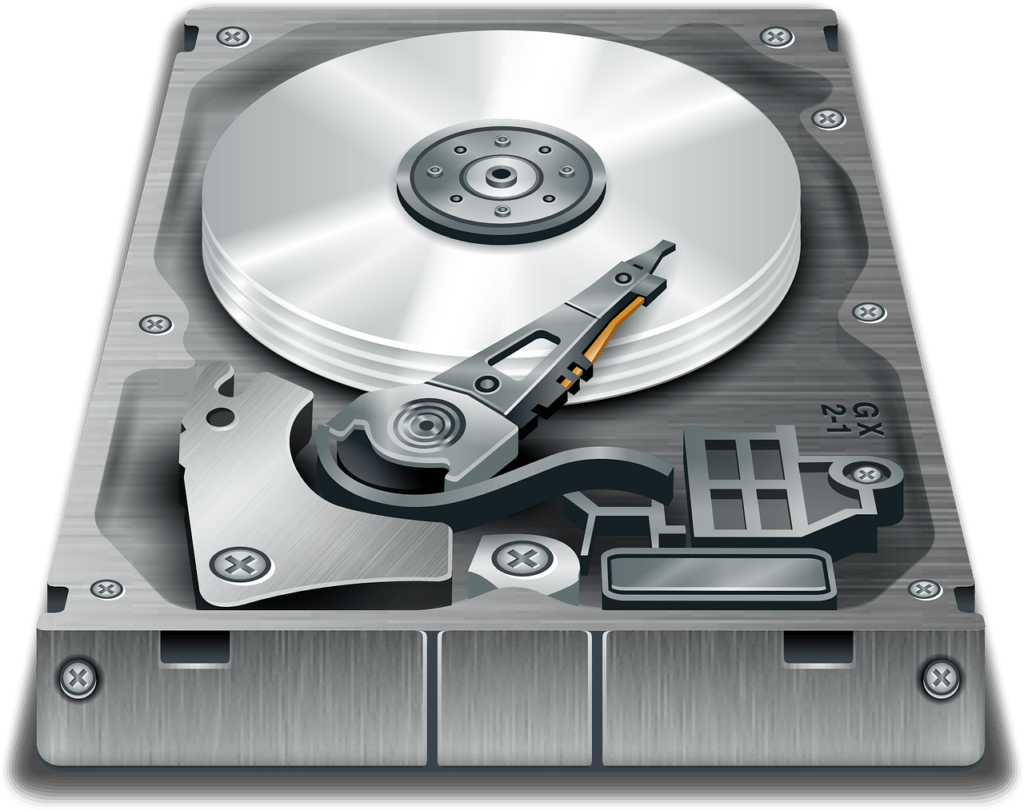
To buy a laptop, storage is one of most important factors. Storage comes in two broad ways – HDD and SSD. HDD (Hard Disk Drive) is the preferred storage device which is used in laptop. It is a magnetic storage device which comes in a metal box and uses a spinning disk coated in magnetic substance and equipped with magnetic needle head to store and access data.
SSD (Solid State Drive) on the other hand is a newer technology which uses NAND flash memory which uses electric circuits to store and access data. The device store data in block format and can retain data even if the electric supply is stopped.
In order to buy a laptop, one has to decide which storage type one would need, depending on budget and usage. Both HDD and SSD have their pros and cons with regard to technicality and usage. Lets have a look at the table.
| HDD | SSD |
| Older and Reliable Tech | Newer tech which is still being developed |
| Cost effective with regard to comparable storage capacity | Costly with regard to comparable storage capacity |
| Store data in a spinning magnetic disk | Store data in electric circuits |
| Heavier | Lighter |
| Have Moving Parts | No Moving Parts |
| A lot of noise | Almost no noise |
| Takes Time to boot up | Almost instantaneous boot up |
| Consume more energy | Consume less energy |
| Less Durable and prone to damage due to fall or shock | Much more durable than HDD. Better for accidental fall or shock damage |
| Better for large storage need | Better for users who travels a lot |
| Not conducive for rough usage | Conducive for rough usage |
| Data can be recovered even in cases of extreme physical damage | Almost impossible to recover data in case of circuit failure |
For those who need to buy a laptop with more storage, HDD is a reliable and safe option. However, HDD is not good for rough usage or for frequent travelers as external shock can damage the magnetic disk. HDD also takes more time to boot up. For those who need to buy a laptop which boots up instantaneously, those who travels a lot and those whose laptops are prone to accidents, should use SSD. As the SSD is still being developed, its costs are decreasing and in future its cost may become comparable to HDD.
5. Processor or CPU
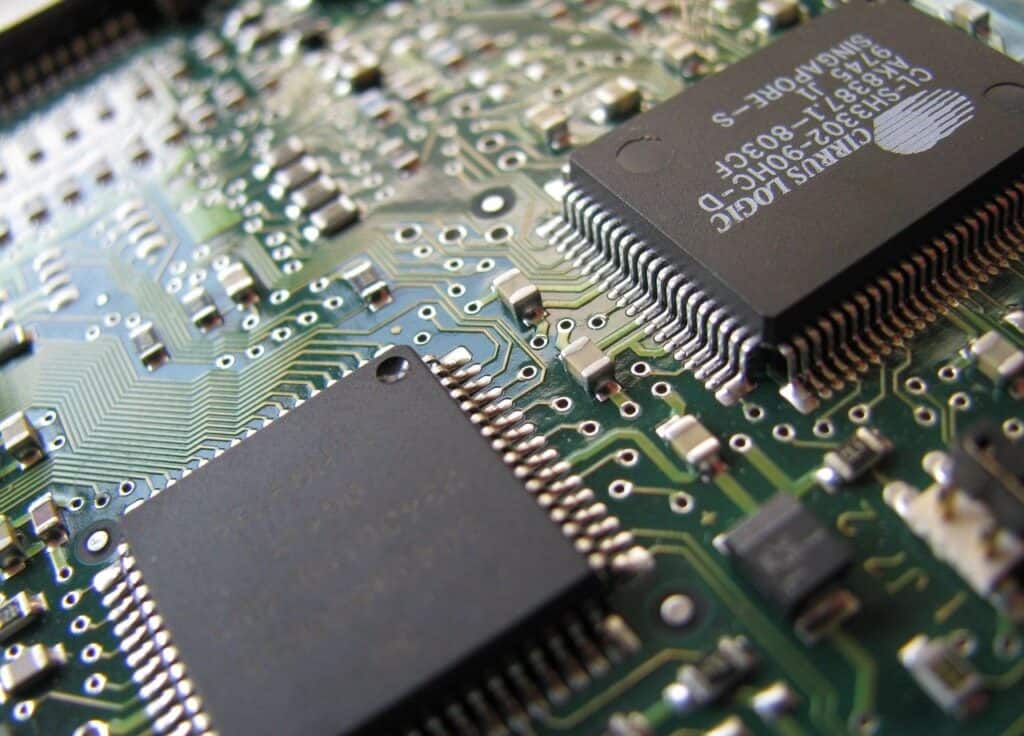
Processor, also called Computer Chips or CPU, are brains of a computing device. It is the main integrated circuit where all the commands or calculations (from Operating Systems) that govern and run the laptop, gets executed. Intel and AMD (Advanced Micro Devices) are the two main companies who produces CPU for laptops. Apple seems to move away from Intel and now produces its own CPU, M series, which they use for their own laptops. Apple does not allow their CPU to used in laptop’s of other companies.
In order to buy a laptop, one need to consider about the CPU. More powerful a CPU is, more costly the laptop will be. Intel produces i3, i5, i7 and i9 series of processors. With increasing number, the power of the processor would increase. That is i3 is the least powerful and i9 is the most powerful version of CPU. Also with the same i-series, there will be variations – named as ‘generation’. With increasing ‘generation’, the power of CPU would increase. An i9 12th generation CPU is more powerful than i9 11th generation CPU.
AMD CPUs for laptops are named AMD Ryzen. They come in Ryzen 3, Ryzen 5, Ryzen 7, and Ryzen 9 versions – 3 being the least powerful and 9 being the latest and most powerful. Just like Intel CPUs, these AMD Ryzen CPUs also come with their own ‘generation’. In a CPU named ‘AMD Ryzen™ 9 7900X’, number ‘9’ after Ryzen would indicate its ‘generation’. This specific CPU from AMD is of Ryzen series ‘9’ and of 7th generation. This CPU is one of the most powerful CPU and is conducive for high octane gaming.
Having a powerful CPU would increase the power of laptop but the cost will also go up commensurately. To buy a laptop, one must consider and balance both the power and costs. Just like RAM, higher power CPU would be suitable for highly demanding and complicated multiple tasks with high resolution and high graphics. For less demanding task, less powerful CPU would be enough. For entry level laptops, Intel i3 or AMD Ryzen 3 would be enough. For regular and less intense works, a Intel i5 or AMD Ryzen 5 would be sufficient. For gaming and intense workload, Intel i7 or AMD Ryzen 7 or higher version would be preferred.
Apple has started to produce its own CPU in an attempt to move away from Intel CPUs. With in M series, Apple has M1 and M2 CPUs – M1 being the least powerful and M2 being the latest and more powerful. M1 has M1 Pro, M1 Max and M1 Ultra variation – M1 Ultra being the most powerful within M1 series. M2, till now, has M2, M2 Pro and M2 max – M2 Max being the most powerful. Just like Intel or AMD, Apple’s CPUs price will increase with increased power of CPUs.
6. Operating System

If CPUs are brains of laptop, then Operating Systems are their hearts. They are the one who send commands and calculations which run through the CPUs. To buy a laptop, one has to decide on the right Operating System which would suit his/her parameters. There are mainly three Operating Systems that are available in the market – 1. Windows, 2. MacOS, and 3. Chromebook.
Windows Operating System, produced by Microsoft is the most prevalent one. Most of the laptop makers use Windows operating system. Good thing about having Windows OS in laptop that it would come with other useful software from Microsoft such as Microsoft Office and which on its own is capable of doing a lot of useful works.
Windows 11 Pro is the latest version and the most expensive one too. There is also Windows 11 Home which is less powerful than the Pro version but more cost effective. For laptops with heavy workload, Windows 11 Pro would be a decent choice. Laptops with less complicated tasks could be loaded with the Home version. Some laptops do have the previous version that is Windows 10. The OS would not be as powerful as the ’11 version, but ones who do not use laptops for heavy workload and are looking for more cost effective versions, could go for ’10 version.
Apple uses MacOS for its own laptops. With it comes a lot of other useful software as well and one can connect its iPad and iPhone with the laptop. However, it does not allow other manufacturer to use this OS. So it is not possible to buy a laptop from different manufacturer and have MacOS in it. MacOS, running with Apple’s M1 and M2 CPU would give worthy challenge to any of the commensurate Windows laptop. Although, with Apple laptops there will be budget concerns for those who want to buy a laptop which is cost effective.
Chromebook OS comes from google. It is good cost effective option for those who are want to buy a laptop which is less powerful, cost effective and gives certain amount of functionality. All the computing activities have to be done in the google browser and one need to have a Gmail account. The Chromebook laptops are good option for entry level users but it is definitely not for power users who does a lot of computing activities.
7. RAM
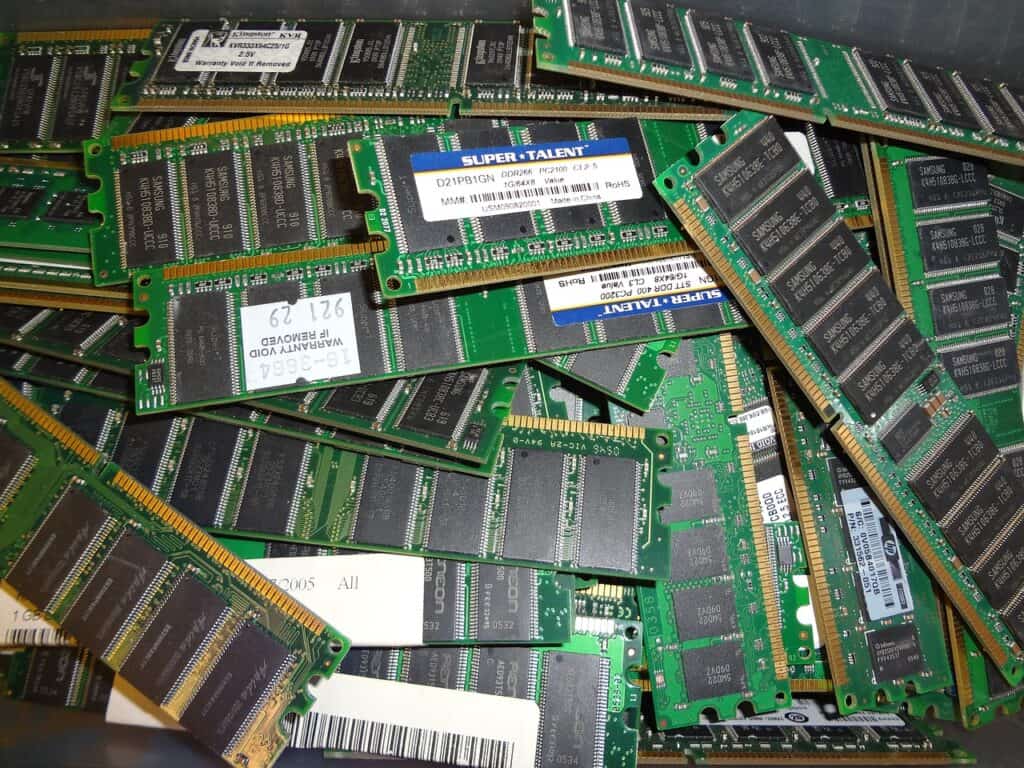
RAM stands for Random Access Memory. In order to buy a laptop, one needs to consider how much RAM the laptop would require. RAM is a physical memory in which the computer or laptop stores its data temporarily so that specific work can be executed. Although we have storage capacity in computers and laptops, we still need RAM as it would have been cumbersome and extremely slow if a computing device had to go to its storage device to access specific data in order to execute a specific task.
Due to RAM, the computing device can store needed data temporarily and can access from there. This process reduce the time needed to execute a task and in turn multiple tasks can be executed depending on the size of RAM. However, RAM does come with hefty price tag. Also, it drains battery pretty fast. That is why one need to consider how much RAM one would require while considering to buy a laptop.
Complicated graphics related tasks, tasks with big data, projects which require huge databases, gaming, simulation etc would need a lot of RAM. Watching a high definition movies, editing high resolution images, work related to Artificial Intelligence, and working on multiple tasks at the same time would also require a lot of RAM. People involved these activities need to buy a laptop with a lot of RAM – at least 32 GB or higher. However, simple documentation or writing tasks, power point presentation, web surfing etc may not require a lot of RAM. A 16 GB or even 8 GB RAM will suffice. For entry level laptops, even 4 GB could do the tasks.
8. Graphics Processing Unit (GPU)
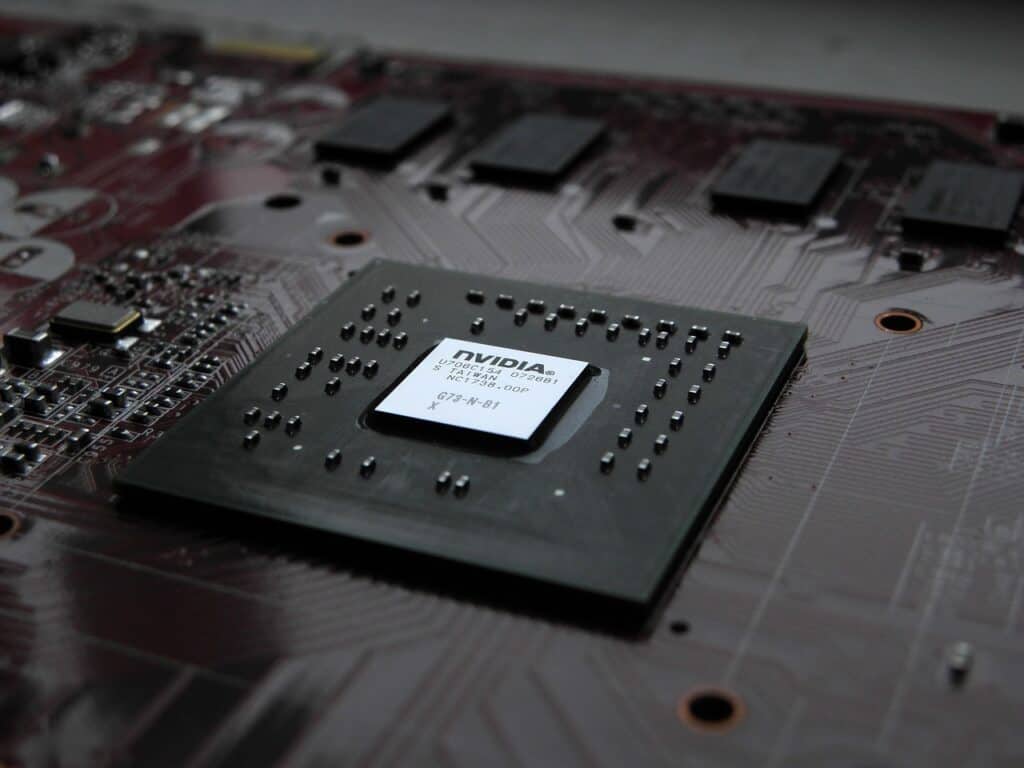
Graphics Processing Unit or GPU takes care of graphics related work in a laptop. In order to buy a laptop, GPU is a very important consideration – especially if one does a lot of graphics related work. In most of the laptop, the GPU is embedded in the motherboard. This type of GPU called integrated GPU. AMD and NVIDIA are the two companies which produce most of the GPU. AMD’s GPU series are called Radeon RX while NVIDIA produces GeForce RTX series.
By embedding the GPU with motherboard, the GPU becomes power efficient. Since it is embedded in motherboard, it does not take much space and the laptop remains lightweight. Also, it is a cost effective option for those who want to buy a laptop which is not expensive. This type of GPU is good for low and medium graphics related works – like editing images, watching movies, and playing low intensive games etc.
However, if one needs to perform complicated graphics related works or plays high resolution and intense games, then he/she needs to buy a laptop with discrete GPU that is a GPU which is plugged outside of laptop’s motherboard. Complicated graphics tasks or high resolution and intense gaming would require more power which an integrated GPU could not provide. The discrete GPU are more expensive, consume more power, and makes the laptop heavy. Sometime the GPU needs to be purchase separately and needs to be plugged outside the laptop.
9. Wireless Connectivity

For making a decision to buy a laptop, connectivity is an essential consideration. For a laptop, connectivity comes in two different format – Wireless and Wired. For wireless connectivity, a laptop buyer needs to look for Wifi and Bluetooth. There was a time when a laptop user had to buy them separately. But those days are gone. Now a days, Wifi and Bluetooth are built inside the device and no external devices needed for that.
In current laptops, mostly two versions of Wifi are being used – 802.11ac which is called Wifi 5 and 802.11ax which is the latest and called Wifi 6. An entry level laptop would have Wifi 5 while the advanced ones would have Wifi 6. Wifi 6E is the latest variation within the Wifi 6 and only high end laptops have them. In order to buy a laptop, a buyer needs to make sure that the laptop at least has Wifi 5 version. Anything below that would not work properly in current Wifi routers.
Laptop makers now a days use Bluetooth version 5. This has four variations till now – Bluetooth 5 to Bluetooth 5.3 – the later being the latest. Most of the entry and mid-level laptops uses variations 5 to 5.1. The high end laptops uses 5.2 variations. Only a handful of expensive laptops have the latest 5.3 version.
To buy a laptop, one must give connectivity feature medium priority. Having Wifi 5 and Bluetooth 5 will be sufficient for entry level laptops. Higher level of Bluetooth and Wifi 6 will be a great feature for Mid-level laptops. Only high end laptops will have Wifi 6E and Bluetooth 5.2. Although having a latest Wifi and Bluetooth will be beneficial for the laptop as the latest versions have faster data transfer rate, have more connectivity options, and consume less power, not having the expensive latest versions should not be a deal breaker for making the decision to buy a laptop.
10. Wired Connectivity
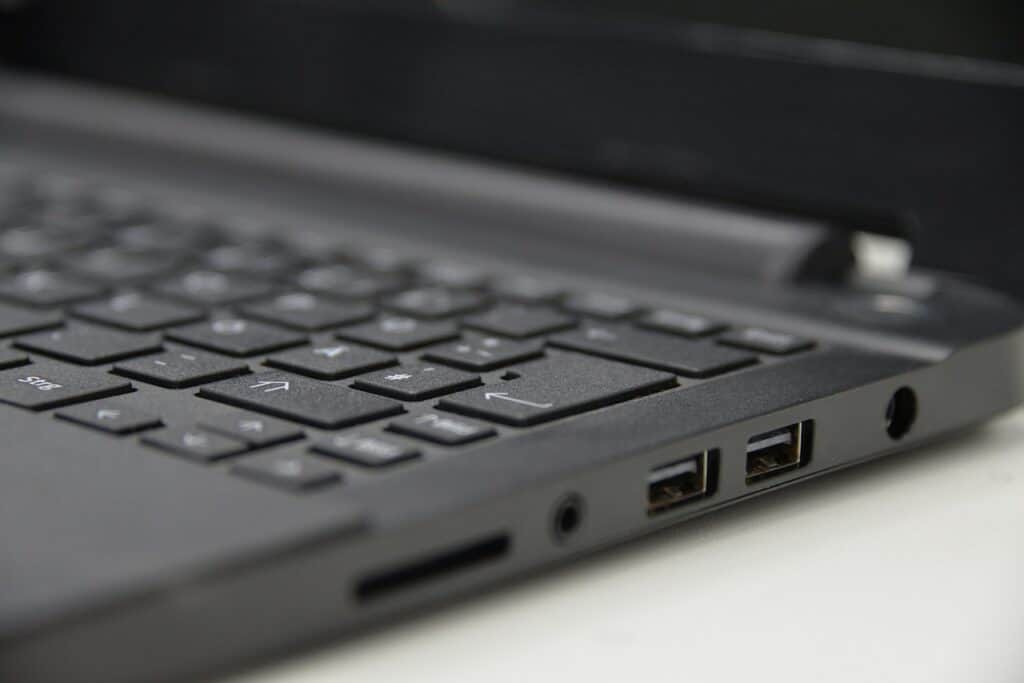
Alongside Wireless connectivity, Wired Connectivity is also a mid-level consideration if one is looking to buy a laptop. The modern laptops are equipped with various types of wired connectivity options. They may not be extremely essential, but they do make life easy for a laptop user – especially if he/she has many other digital devices. There are many connectivity options but we will talk about the main ones – HDMI, mini Display Ports, and USB.
HDMI ports which stands for High Definition Multimedia Interface. This port allows laptops to be connected with TV or other display screens to play video or play games and can only be used as output device. HDMI comes in version 1 to 2 with increments of decimals where higher number and higher decimal signifies latest version. For example, HDMI 1.5 is latest compared to HDMI 1.4. The latest version of HDMI is 2.1 which is selectively used for gaming laptops or devices. HDMI 1 is enough to play high resolution -1080P – while HDMI 1.4 is enough to display 4K resolution. The latest version of HDMI is 2.1 which can handle up to 8K resolution.
Mini DisplayPort or just DisplayPort is also a port which allows laptops to connect to an external display. While, HDMI is mostly used in TV, gaming Box, set top box, and Blu ray players, DisplayPort is mostly seen in laptops. Both HDMI and Mini DisplayPort serve the same function and a laptop could have either of it. DisplayPort also comes in different versions – from Version 1 to till Version 2 with increments of 1 decimal. Higher version would mean latest and more powerful version. Its latest version, 2.0 could handle up to 16K resolution.
To buy a laptop, USB or Universal Serial Bus is a very important consideration. It is being used to connect a laptop with various other devices such as mouse, external hard drive, smartphones, printer, keyboard etc. USB has many variations. USB Type A is the original version. After that we had USB 2.0 which has faster transfer rate compare to the earlier version. After that USB 3.1 Gen 1 and USB 3.1 Gen 2 came which can transfer data at the speed of 5 Gbps and 10 Gbps respectively. These type of USB ports are readily used in entry to mid-level laptops.
USB Type C is a modified and improved version. It is narrower than the previous version. This USB type is a great fit for high-end thin, sleek, and lightweight laptops. At minimum, it can transfer at 10 Gbps rate. Thunderbolt ports are another variation of the USB ports. The latest Thunderbolt 4 can transfer at 40 Gbps speed is currently the fastest port that exists in the market. The USB Type C, with the Thunderbolt support, can also achieve this maximum speed.
Other than these 10 factors, laptop buyers may also need to consider the display resolution and Webcam quality. In the era of work-from-home and virtual interaction, one may need to give importance to the display resolution and webcam quality.
It is to remember that buying a laptop is a complicated process and requires a lot of thought and research. This article means to help in that process but can not be used solely for that purpose. Buyers of laptop should do their own research before making any buying decision.
Disclaimer: This article is for information purpose only. Do not make a buying decision solely base on this article. Do your own research before making any purchase.




